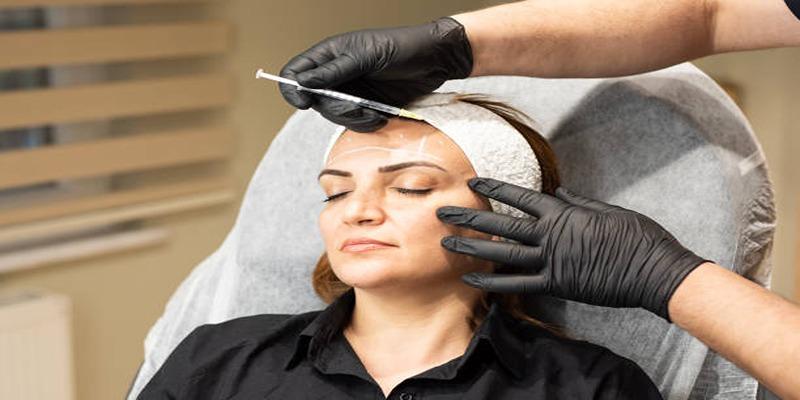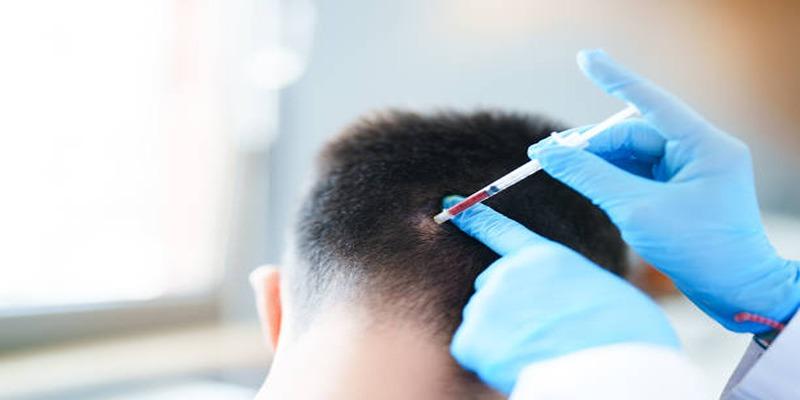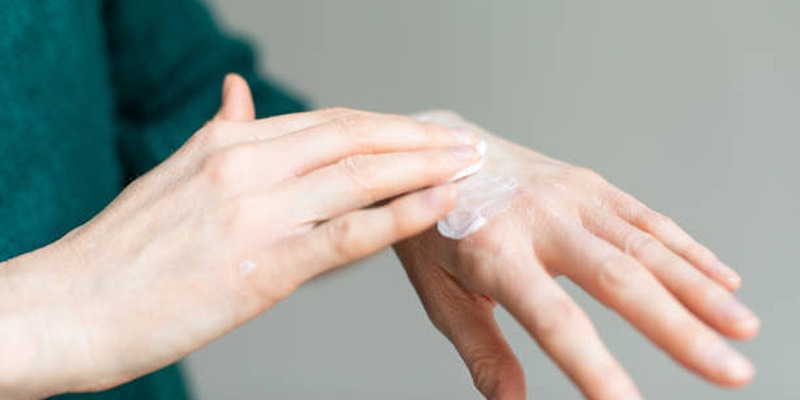Platelet-rich plasma for hair restoration
Advertisement
Platelet-rich plasma (PRP) treatment is a revolutionary procedure that is increasingly popular for its capacity to induce natural hair growth and enhance hair density. In this article, we are going to look at how PRP functions, its advantages, the process involved, and what to expect as you go through hair restoration with PRP.
What is PRP?
Platelet-rich plasma (PRP) is a concentrated solution of platelets drawn from a small amount of your own blood. Platelets are small cells within the blood that are vital in healing and tissue repair. Platelets carry growth factors and proteins that activate cell growth, heal damaged tissues, and encourage the formation of new blood vessels. PRP has been utilized in several areas of medicine, such as dermatology, orthopedics, dentistry, and most recently hair restoration.
How PRP Works?

PRP is achieved by starting with an easy blood draw, most likely from the arm. The extracted blood is thereafter put into a centrifuge, a machine which spins the specimen at high speeds to isolate its components.
With this process, the plasma which is high in platelets is separated from the red and white blood cells. This platelet-rich plasma is thereafter processed and ready for utilization in targeted therapy. The whole process is less invasive and carried out clinically in a very safe and precise manner.
Mechanism of Action in Promoting Hair Growth
When PRP is injected into the scalp, it delivers a concentrated dose of growth factors directly into the hair follicle surrounding areas. These growth factors stimulate stem cells in the hair follicle, extend the anagen (growth) phase of the hair cycle, and enhance blood flow to hair follicles. This process thickens existing hair and stimulates the regrowth of sleeping follicles, resulting in a greater hair density and thickness over time.
Growth Factors' Role in Hair Follicle Renewal
Growth factors are bioactive proteins that are pivotal to cellular communication and tissue regeneration. Of importance among PRP growth factors are platelet-derived growth factor (PDGF), vascular endothelial growth factor (VEGF), and epidermal growth factor (EGF), which synergistically act together to regenerate hair follicles.
PDGF stimulates cell proliferation and tissue remodeling, VEGF increases blood vessel creation to deliver nutrients and oxygen to hair follicles, and EGF aids in repair and regeneration of follicular structures. Collectively, these growth factors restore the ideal environment for healthy hair growth and rejuvenation.
Procedure:
PRP therapy for hair restoration is a precise and effective procedure, conducted in several stages to ensure optimal results.
Step-by-Step Process of PRP Therapy for Hair Restoration
The extracted PRP is carefully injected into target areas of the scalp using fine needles, stimulating hair follicle activity and promoting growth. This minimally invasive process supports natural hair regeneration in a safe and efficient manner.
Duration of Each Session and Overall Treatment Timeline
Each PRP session typically lasts around 30-60 minutes, depending on the size of the treatment area. Patients generally require an initial series of three to four sessions spaced about four to six weeks apart. For lasting results, maintenance sessions may be recommended every six to twelve months. The overall timeline varies but often extends over several months to achieve noticeable improvements.
Description of Any Accompanying Procedures, If Applicable
PRP therapy is sometimes complemented by microneedling or low-level laser therapy to enhance its effectiveness. Microneedling creates micro-injuries that further stimulate collagen production, while laser therapy improves blood flow to the scalp. These adjunct treatments can be customized based on individual needs to amplify the hair restoration process and yield better outcomes.
Benefits:
PRP therapy offers an array of benefits for individuals seeking effective hair restoration solutions.
Promotes Natural Hair Growth
PRP therapy rejuvenates hair follicles by delivering vital growth factors directly to the scalp. This stimulates natural hair regrowth, making it a highly appealing option for individuals who prefer non-surgical solutions.
The technique revitalizes dormant follicles, resulting in thicker and healthier hair over time. Furthermore, it aligns with the body's natural regenerative processes, ensuring a safe and minimally invasive approach. Consistent treatments can progressively improve hair density and overall scalp health.
Minimally Invasive and Safe
One of the standout benefits of PRP therapy is its minimally invasive nature. Since the procedure uses the patient’s own blood-derived platelets, the risk of adverse reactions is significantly reduced.
There is no need for synthetic chemicals or foreign substances. The process involves little to no downtime, allowing individuals to resume their daily activities almost immediately. Additionally, PRP therapy is performed under sterile conditions, prioritizing safety and comfort for the patient throughout the treatment.

Risks and Considerations:
While PRP therapy is widely regarded as safe, there are important factors to consider before undergoing treatment.
Possible Side Effects or Complications
Although rare, some individuals may experience mild side effects following PRP therapy. These can include temporary redness, swelling, or bruising at the injection site. On occasion, patients might report minor discomfort, itching, or irritation, which usually subsides within a few days.
Serious complications are uncommon but could arise if the procedure is not performed correctly or under sterile conditions. Choosing a qualified practitioner and adhering to post-treatment instructions are essential to minimize these risks and ensure optimal recovery.
Suitability and Limitations of the Treatment
PRP therapy may not be suitable for everyone, as factors like medical history or individual conditions can affect outcomes. Patients with blood disorders, active infections, or certain chronic diseases may not be ideal candidates.
Additionally, while PRP can promote hair regrowth and healing, it may not provide the desired effects for advanced conditions or severe hair loss. Understanding these limitations is crucial to setting realistic expectations for treatment and recognizing that results vary on a case-by-case basis.
Importance of Consulting with a Healthcare Professional
Prior to starting PRP therapy, consulting with a healthcare professional is imperative. A thorough medical evaluation ensures that the procedure aligns with the patient’s overall health and goals. Professionals can evaluate factors such as underlying conditions or medications that may impact the treatment's success.
They also provide personalized guidance, discuss potential side effects, and outline the process in detail. This consultation plays a vital role in addressing concerns and ensuring safety, making it a critical step in the decision-making process for PRP therapy.
Conclusion
PRP therapy offers a promising, minimally invasive option for individuals seeking to enhance healing and address various conditions. By utilizing the body's natural regenerative abilities, PRP promotes sustainable improvement over time. However, success often depends on patient-specific factors, proper consultation, and adherence to professional advice. While it is not a quick fix, the potential long-term benefits make it a worthwhile consideration for many.
On this page
What is PRP? How PRP Works? Mechanism of Action in Promoting Hair Growth Growth Factors' Role in Hair Follicle Renewal Procedure: Step-by-Step Process of PRP Therapy for Hair Restoration Duration of Each Session and Overall Treatment Timeline Description of Any Accompanying Procedures, If Applicable Benefits: Promotes Natural Hair Growth Minimally Invasive and Safe Risks and Considerations: Possible Side Effects or Complications Suitability and Limitations of the Treatment Importance of Consulting with a Healthcare Professional ConclusionAdvertisement












